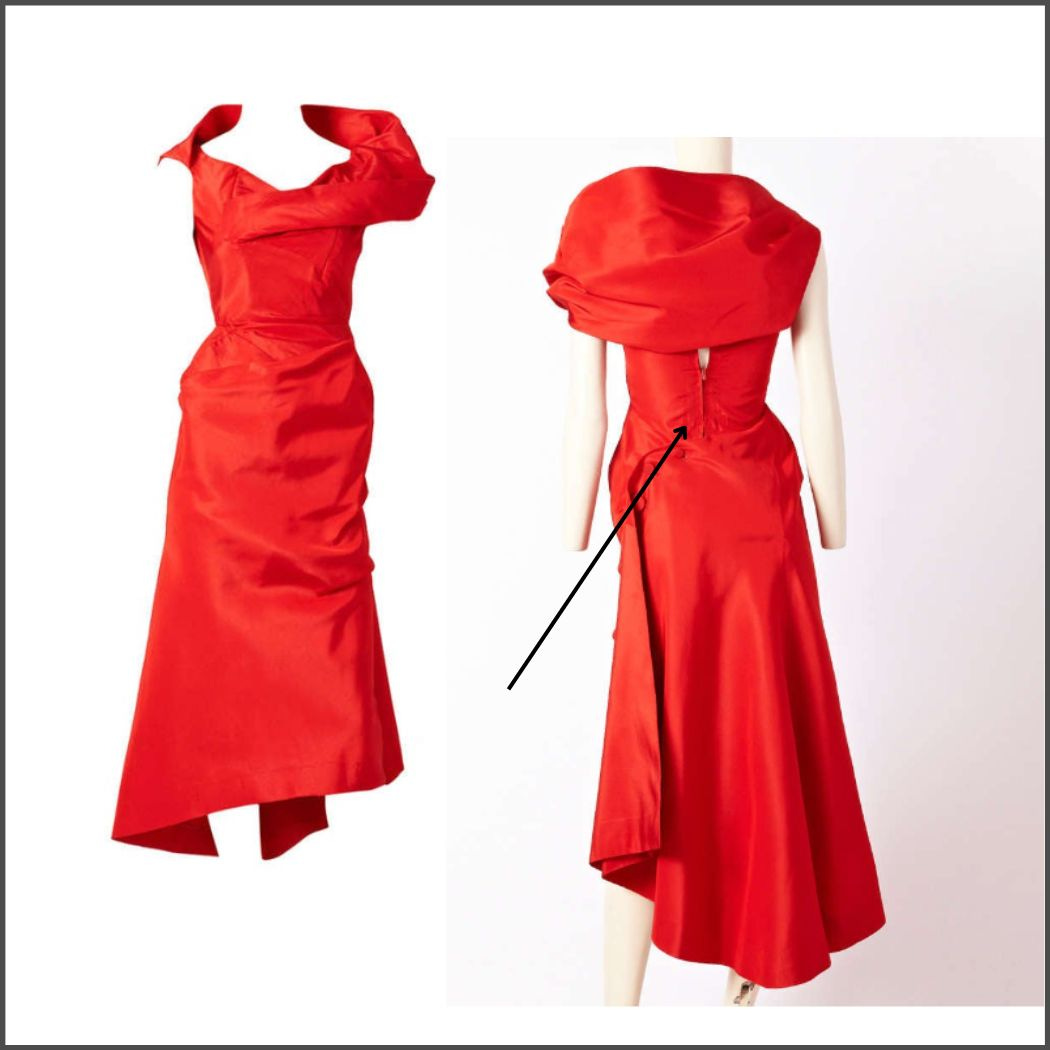The zipper is an everyday marvel that we often overlook until it malfunctions. This simple yet ingenious device secures everything from jeans to jackets, handbags to suitcases. However, its origins and path to becoming a fashion staple are as intricate as the mechanism.
Let's delve into the fascinating history of the zipper, tracing its evolution from a mere concept to a fashion icon.
Origins of the Zipper
The modern zipper has been a fixture in our lives for less than a century. Its story begins with Elias Howe, Jr. (1819–1867), who is known for inventing the sewing machine. In 1851, Howe patented an "Automatic, Continuous Clothing Closure," but he did not pursue it aggressively, perhaps distracted by the success of his sewing machine. Thus, he missed being coined the "Father of the Zip."
Decades later, in 1893, Whitcomb Judson, another inventor, marketed a "Clasp Locker" device, similar to Howe’s earlier patent. Despite teaming up with businessman Colonel Lewis Walker and founding the Universal Fastener Company, their Chicago World's Fair presentation did not succeed commercially.
Gideon Sundback (1880–1954), a Swedish-born electrical engineer, was instrumental in transforming the zipper into the ubiquitous device we know today. Initially employed by the Universal Fastener Company, Sundback's exceptional design talents, coupled with his marriage to Elvira Aronson, the plant manager's daughter, earned him the role of head designer.
He significantly enhanced the earlier fastener design, increasing its reliability and security. Tragically, in 1911, Sundback's wife passed away, and in his grief, he immersed himself in his work. This period of intense focus culminated in December 1913, when he developed what would become recognized as the modern zipper. A patent for the "Separate Fastener" followed in 1917. Moreover, Sundback engineered the manufacturing machine that would mass-produce this new zipper, producing several hundred feet of fastener each day during its initial year of operation. His contributions perfected the design and set the stage for the zipper's integral role in modern apparel and accessories.
Naming the Zipper
The term "zipper" was coined by the B. F. Goodrich Company in the 1920s, which used Sundback’s fastener on a new line of rubber boots or galoshes. The catchy name came from the fastener's zipping sound, which resonated well with the public and marked the beginning of the zipper’s integration into everyday fashion.
Zippers in Fashion
Initially, zippers found their practical applications in boots and tobacco pouches, but they did not significantly impact the fashion industry for the first two decades. During this period, conventional garments were secured with buttons or laces, with little demand for change. Casual attire mirrored formalwear, with men donning suits and women in dresses for almost all activities, although with variations in fabric and style according to the occasion.
However, the landscape began to shift with the advent of women's suffrage. The movement criticized restrictive lace-up dresses as oppressive, prompting a move toward more relaxed flapper dresses and trousers. Although these garments did not typically feature zippers, this shift began a departure from stiff, formal attire.
The 1930s saw a transformative marketing campaign for children's clothing that featured zippers, which were promoted as tools for fostering independence by enabling children to dress themselves. This innovation quickly transitioned into adult fashion, initially in men's trousers as fly fasteners and subsequently in women's apparel.
In 1933, Charles James unveiled a groundbreaking design: a black satin cocktail dress with a zipper that elegantly spiraled from front to back, marking one of the first creative uses of zippers in high fashion.
By the mid-1930s, haute couture began to embrace zippers, led notably by fashion designer Elsa Schiaparelli, who was not the first to incorporate them but was undoubtedly the boldest. Schiaparelli's use of brightly colored plastic zippers paved the way for broader experimentation, eventually leading to their widespread acceptance by the late 1930s. Her designs often featured zippers that matched or contrasted strikingly with the garment's fabric.
In 1937, the zipper triumphed over the button in the "Battle of the Fly." French fashion designers embraced the zipper for men's trousers, and Esquire magazine heralded it as the "Newest Tailoring Idea for Men." Among the zippered fly's many virtues was its ability to prevent "the possibility of unintentional and embarrassing disarray." This victory marked a significant turning point in accepting zippers in everyday fashion.
During the war years, zipper production was scaled back due to metal shortages, resulting in shorter and smaller zippers. Nevertheless, the industry was deemed essential for military use and thus remained operational. By the mid-century, zippers had become an integral component of various fashion items, ranging from utilitarian trousers to elegant skirts and undergarments.
Today, the presence of zippers is universal and seamlessly integrated into a wide variety of products, including clothing, luggage, and leather goods. The enduring production of zippers is a testament to its inventors' lasting legacy and pivotal role in reshaping fashion. From a practical necessity to a symbol of modernity and ease, the zipper continues to zip through the fabric of our lives, closing the gap between functionality and style.












